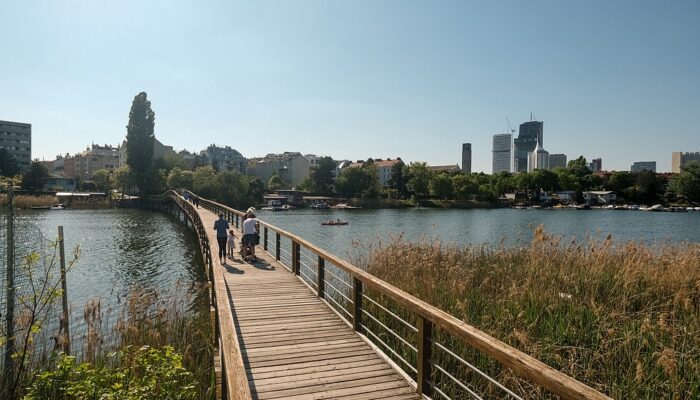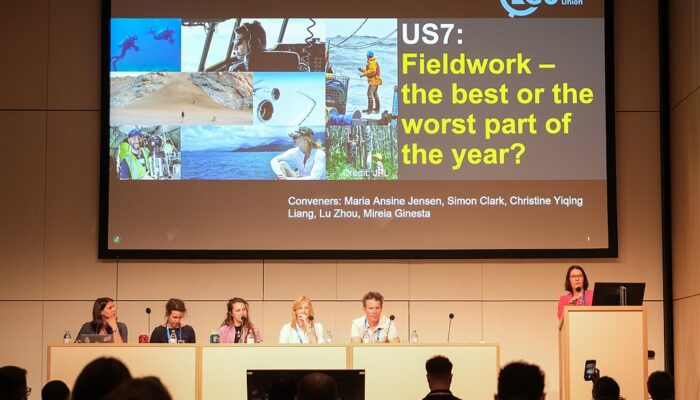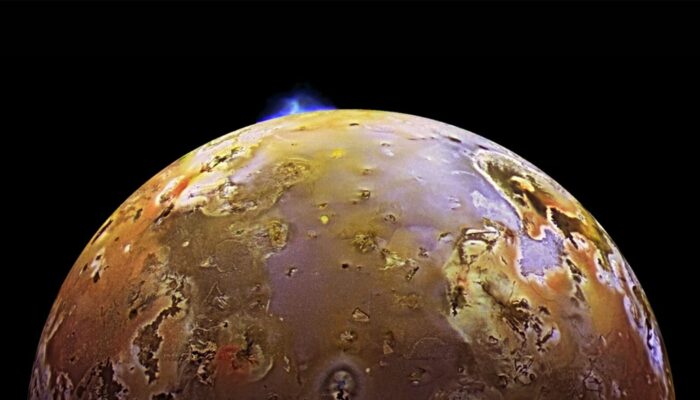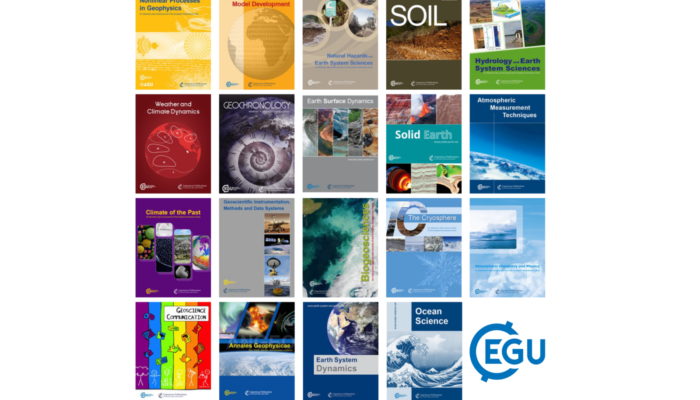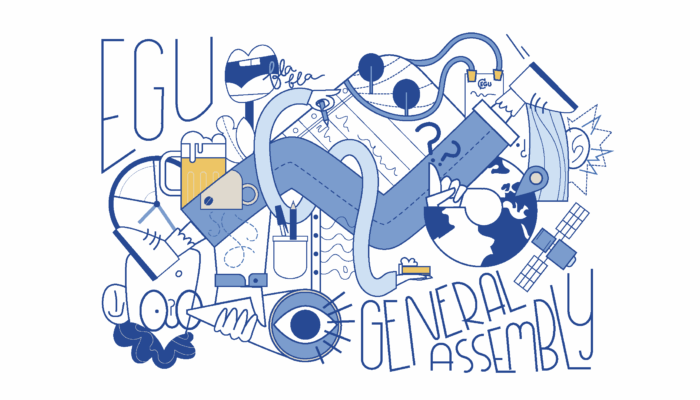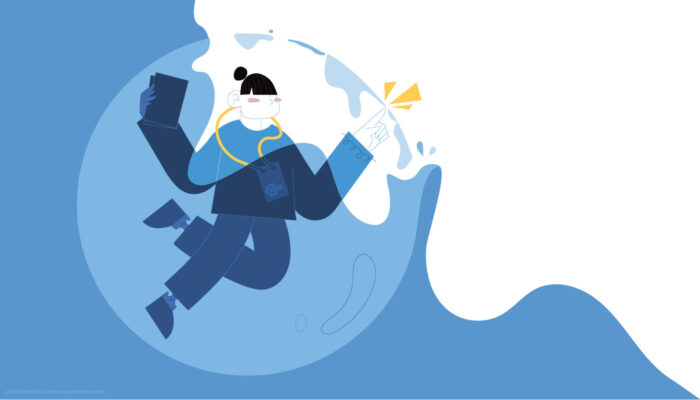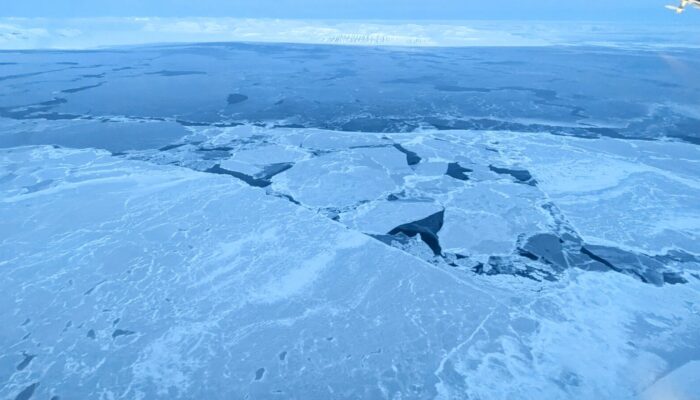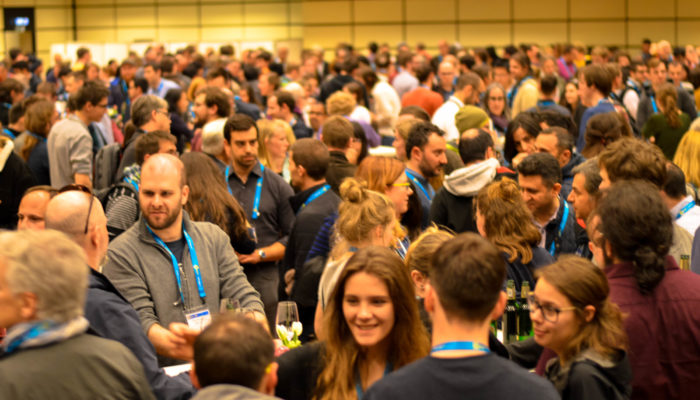AI is here, and when I say here, I mean e-v-e-r-y-w-h-e-r-e. For all you know, this blog may have been written by an algorithm (it wasn’t — I’m not a robot, promise. Or am I?). In what feels like the blink of an eye, AI has gone from a curiosity to a fully-fledged co-pilot in science (and out of science). It’s generating satellite imagery, helping compute paleo-climate predictions, or writing your ...[Read More]
GeoLog
Outside the Conference: Vienna and Beyond
EGU’s General Assembly (GA) has been in Vienna for over 15 years now. There are practicalities that make it a suitable choice, such as Vienna being able to accommodate 15-20 thousand on-site participants and its location allowing many EGU members to travel there by ground-based transportation. Still, the GA’s experience also encompasses what is outside what’s outside the conferen ...[Read More]
GeoLog
Fieldwork maze: where are we and where are we going?
Bracing the elements to be rewarded with new data — and spectacular views in the process — can be an experience of a lifetime. Yet, zooming out of the easily romanticized image can quickly paint a different scene, where negative experiences from fieldwork drive people away from the research. Moreover, some fieldwork practices prevent people from participating in the first place. Shedding a spotlig ...[Read More]
GeoLog
Io: a spongy world consumed by molten rock
Jupiter’s moon Io is the most volcanically active world in our solar system, with hundreds of volcanoes that constantly erupt on its ever renewing surface. Although Io always points the same side toward Jupiter in its orbit around the gas giant, two other Galilean moons, Europa and Ganymede, pull Io’s orbit into an irregularly elliptical one. Thus, in its widely varying distances from ...[Read More]
GeoLog
GeoRoundup: the highlights of EGU Journals published during April!
Each month we feature specific Divisions of EGU and during the monthly GeoRoundup we put the journals that publish science from those Divisions at the top of the Highlights section. For April, we are not featuring any particular divisions, but an ensemble of all the highlights of this month instead. Atmospheric Chemistry and Physics Pristine oceans are a significant source of uncertainty in quanti ...[Read More]
GeoLog
The transformative worlds of EGU
About the unique trans-disciplinary exchanges EGU’s General Assemblies (GA) offer, and the far-reaching impact they can have.
GeoLog
Advancing diversity and inclusion at EGU: EDI Networking event recap
Yesterday, the European Geosciences Union (EGU) hosted a vibrant and impactful event focused on Equality, Diversity, and Inclusion (EDI) within the geosciences community. This networking session provided an open and welcoming space for participants to meet the dedicated volunteer members of the EGU EDI Committee and learn more about the initiatives implemented by the EGU to raise awareness of the ...[Read More]
GeoLog
Poster safaris, wildcard talks, and other EGU25 adventures
If you’ve ever been to the EGU General Assembly, you know the feeling: everything, everywhere, all at once. Thousands of posters, hundreds of sessions, and approximately a million things competing for your attention (including the lure of the sunshine outside, if only for five minutes). Until someone invents a way to be in more than one place at once, we’re all stuck filtering. We comb through the ...[Read More]
GeoLog
Raising the (melt)stakes! How robotic innovation reveals new findings on melting glaciers
In the age of climate change, glaciers across the Arctic are melting, consequently reducing regional freshwater supplies and contributing to the ongoing rise in global sea levels. But how fast do they melt? And is it possible to predict that? A new study on the Xeitl Sit’ (LeConte) glacier in Alaska aims to answer these questions. The research group from Oregon State University, Harvard University ...[Read More]
GeoLog
Make a connection! EGU’s top 5 tips for networking at EGU25
1. Choose the right moment to make a connection 2. Think about what you can offer 3. Networking isn’t just about your work or research, it’s about building a community – so use other aspects of your life to connect 4. Be specific if you are making a request 5. Think about who you are connecting with – marginalised groups are often left behind peer-to-peer netw ...[Read More]


